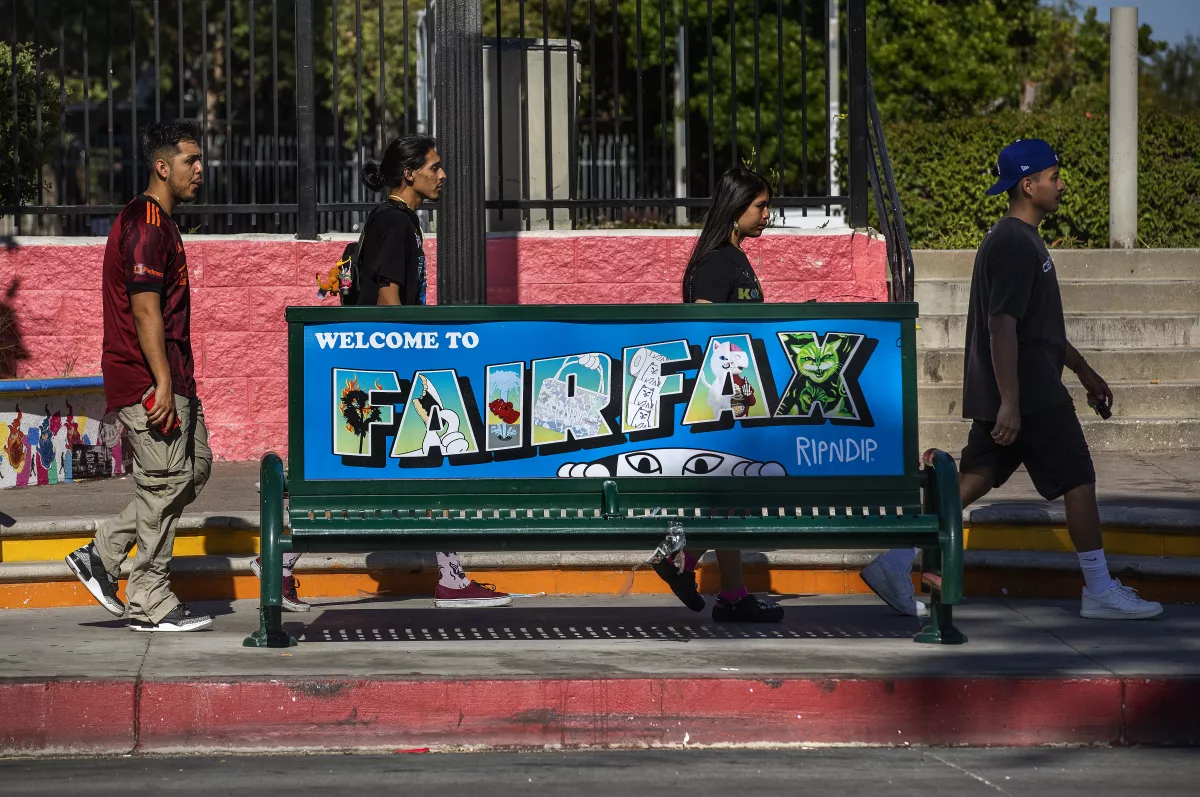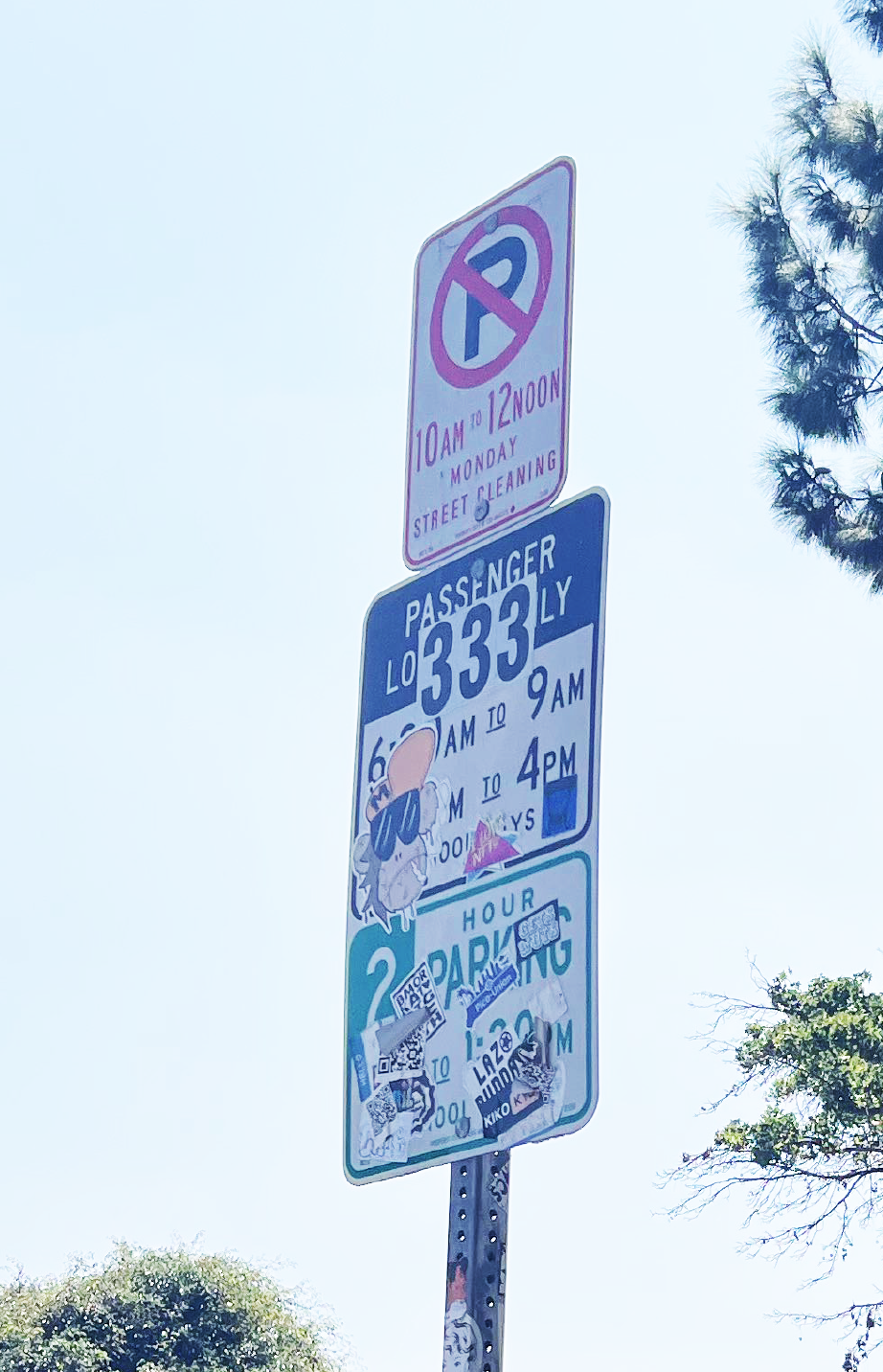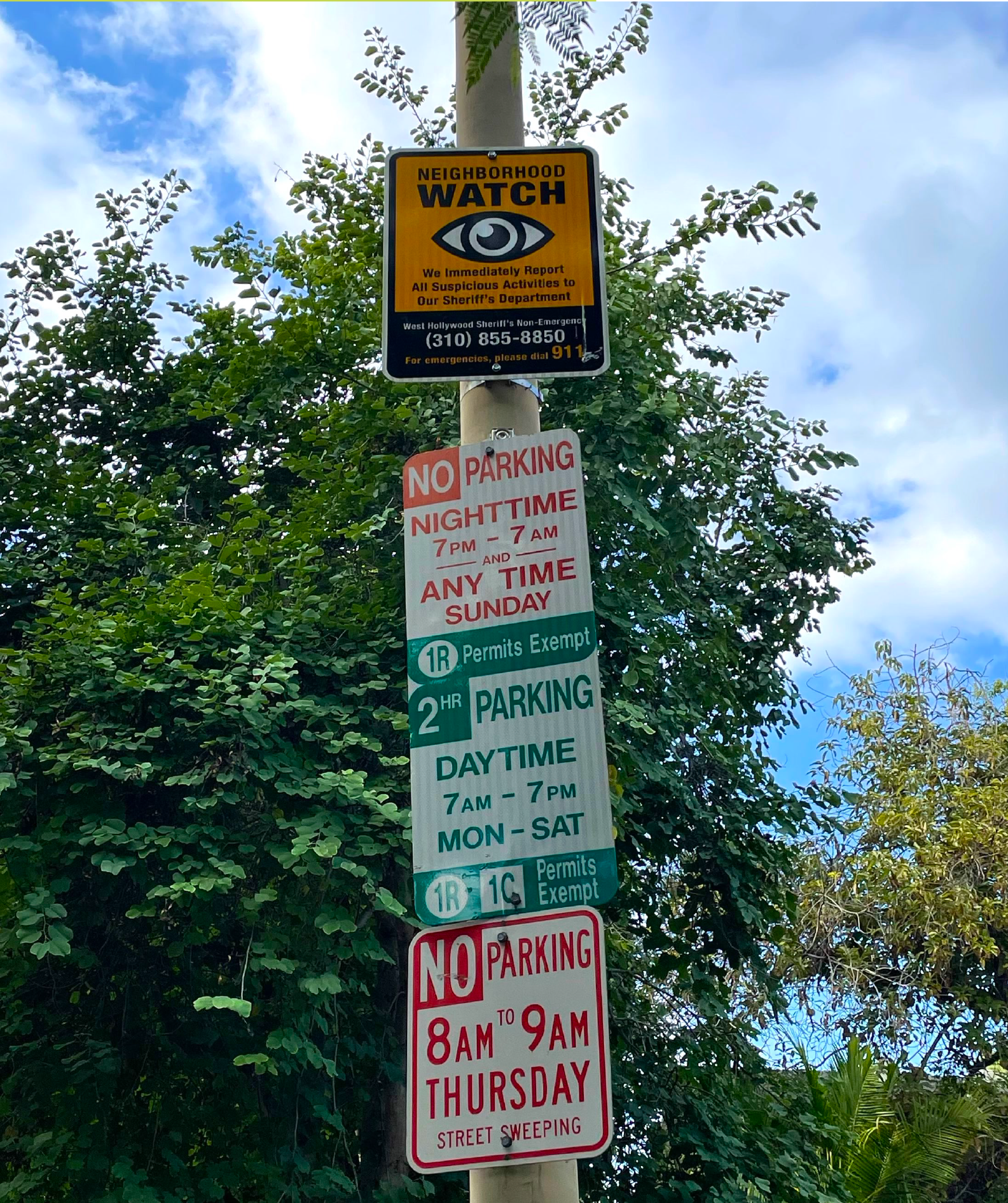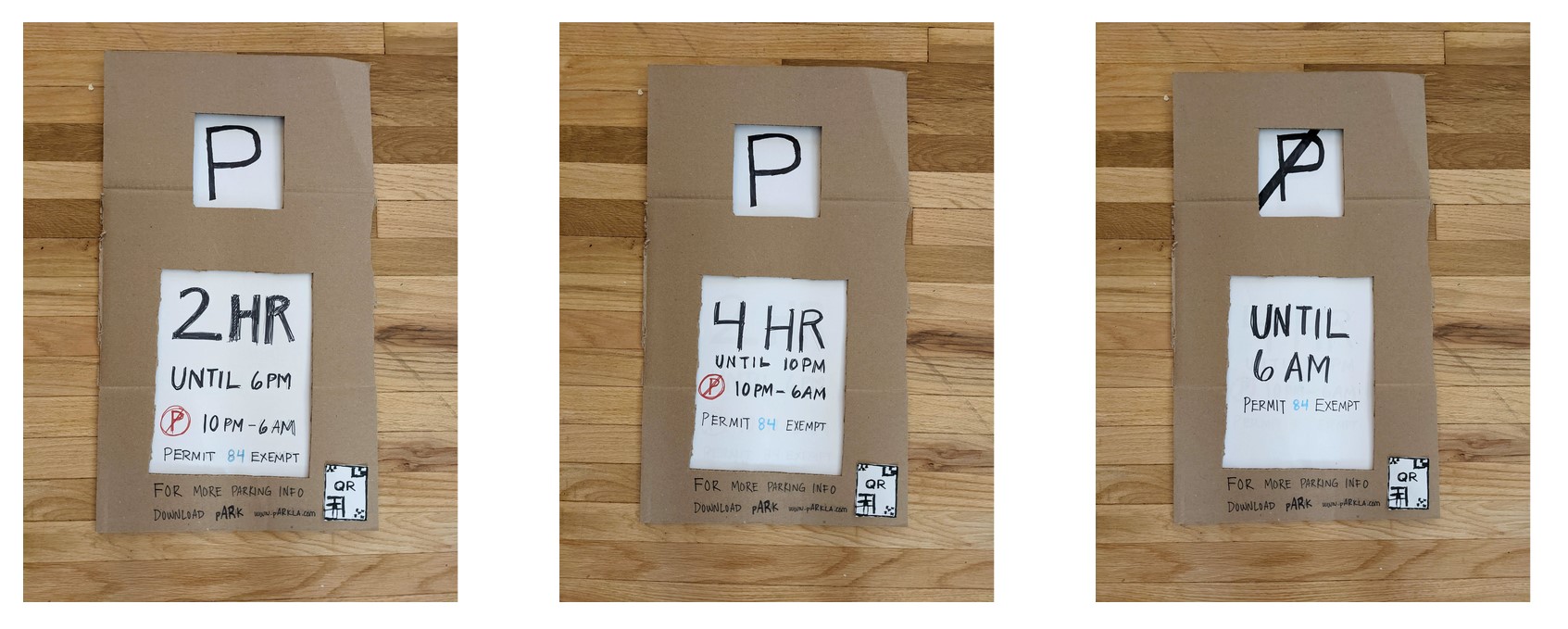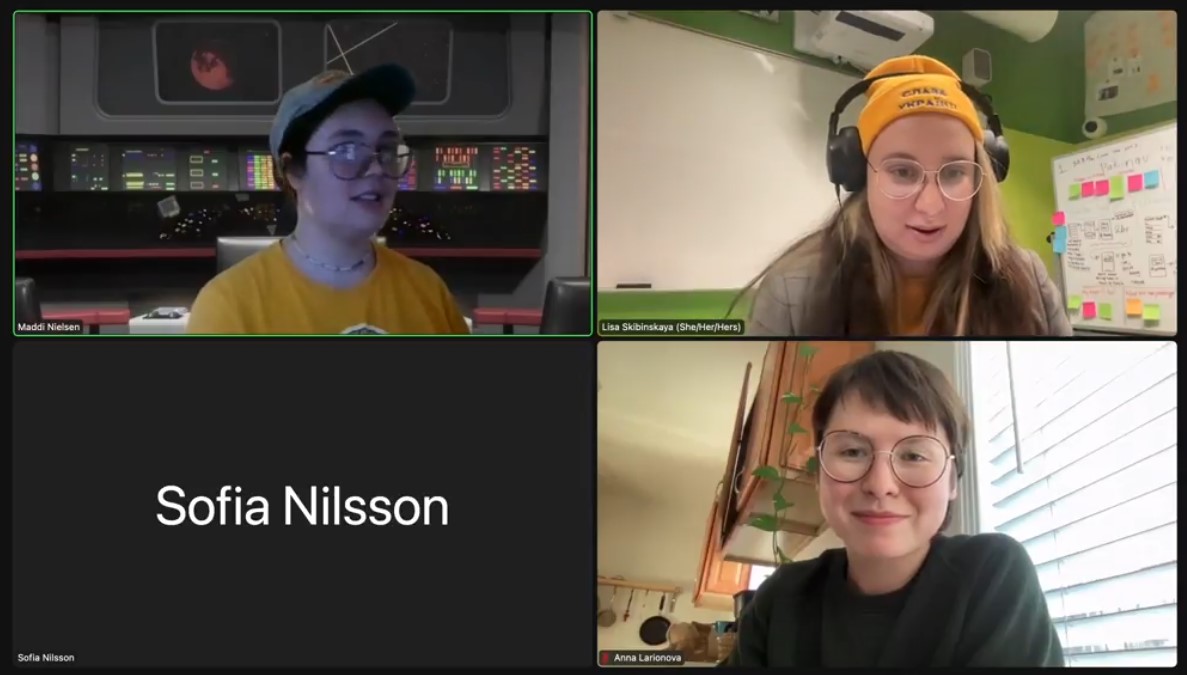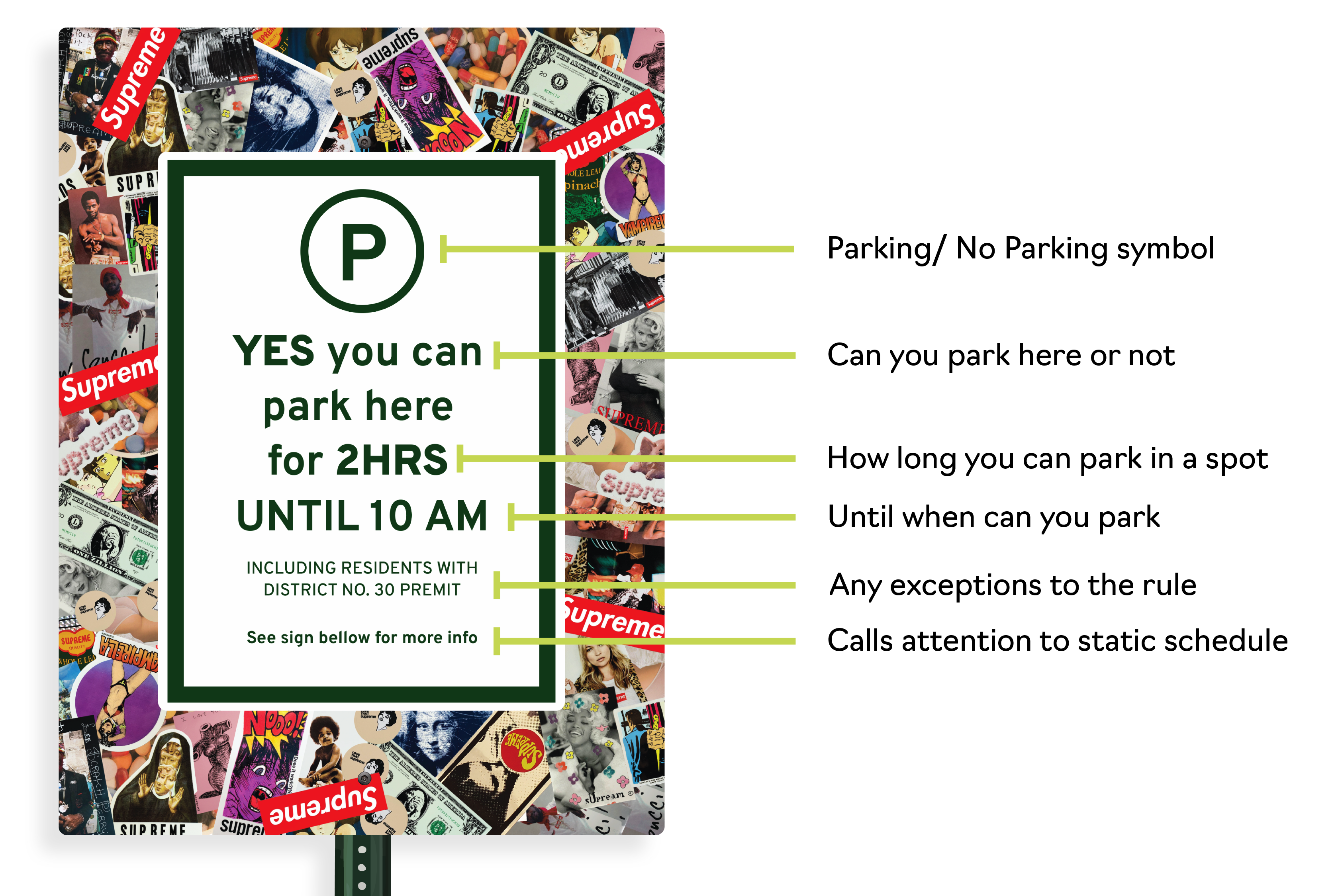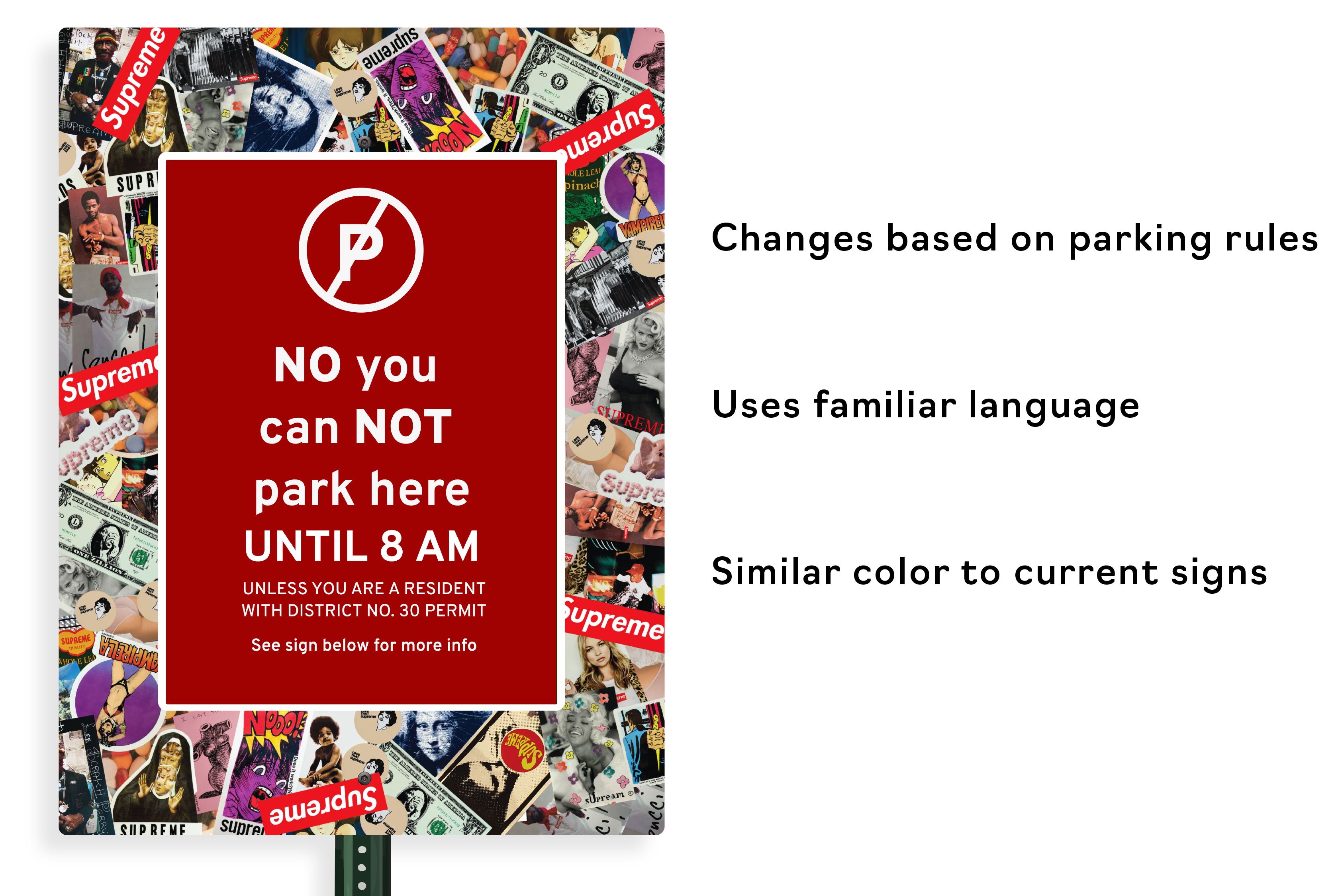
Overview
Problem
Melrose & Fairfax is a super trendy shopping district with tons of visitors flocking to shop at its unique locations from all over the world. However, parking in the area is extremely limited: there are no large parking garages limiting visitors to street parking only, which is highly regulated due to the residential areas that surround it. This difficulty in parking leads to thousands of parking tickets and unhappy visitors year after year.
Insight
During interviews with visitors and workers in the area, we discovered that one of the main issues with parking is confusion about signage. We did a lot of research into parking signage and what makes it so confusing, and what can possibly be done to help.
Solution
simpleSIGN is parking signage for a new era. Its use of technology allows visitors in the area to understand parking rules at a glance, and its assistant website allows for even more flexibility in interpreting parking rules, including a language translator, a legend of the signage, assistance in finding additional parking, and a timer to avoid those pesky 2-hour time limits.
